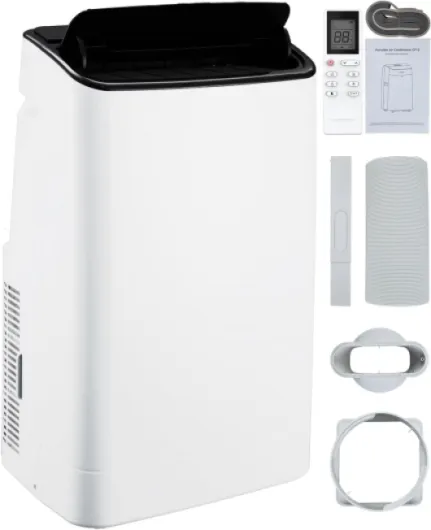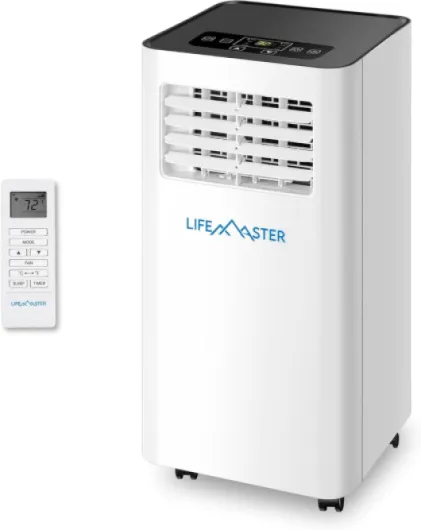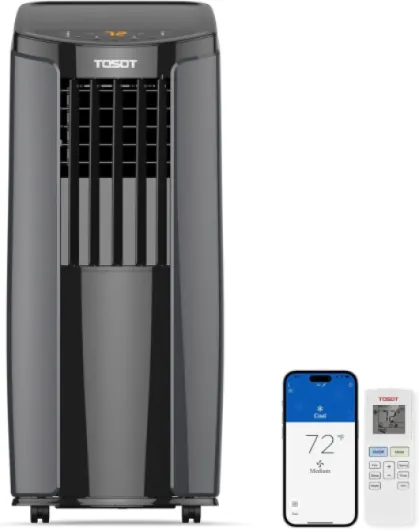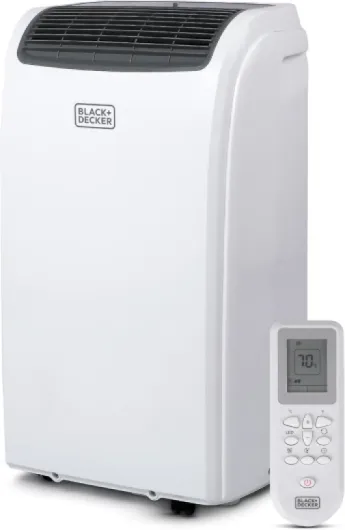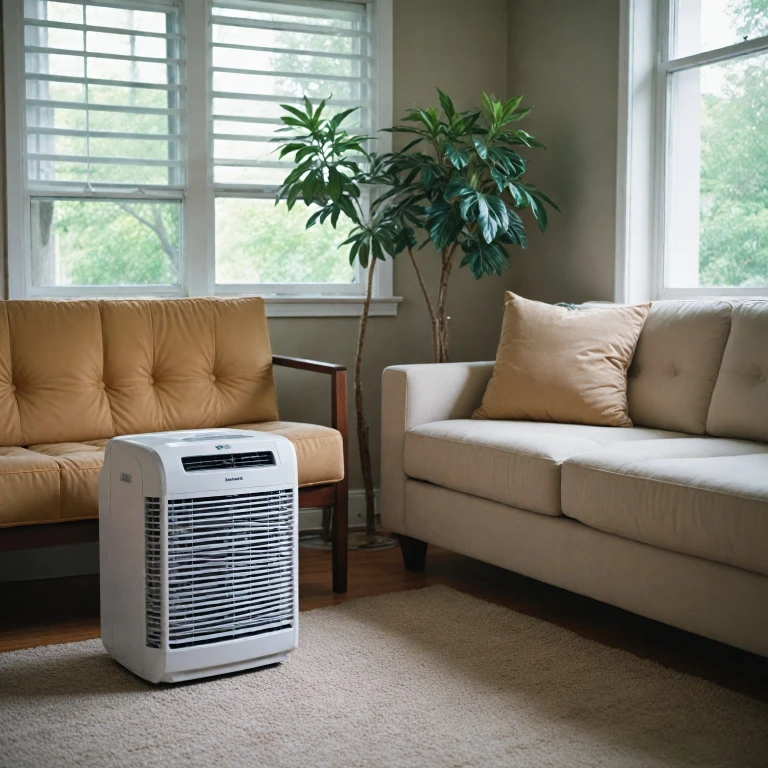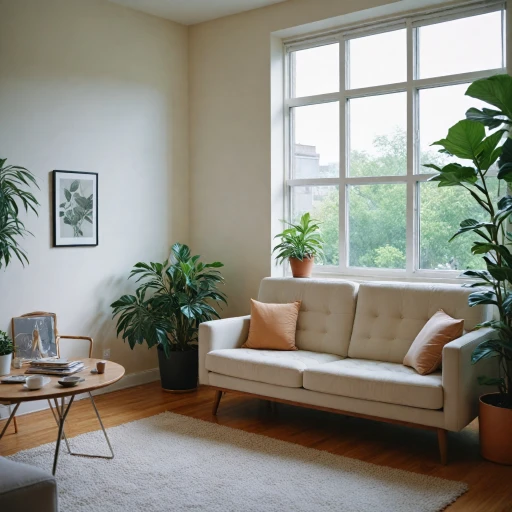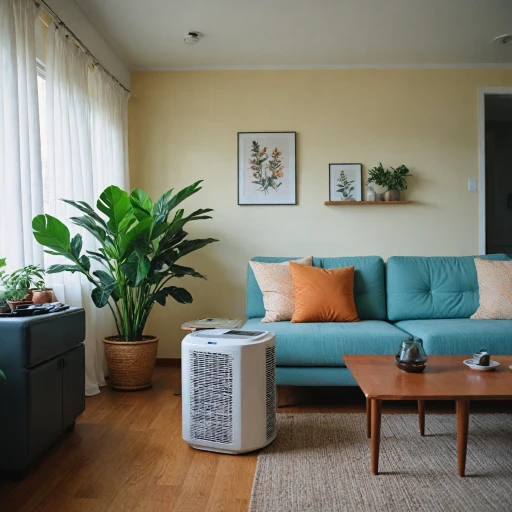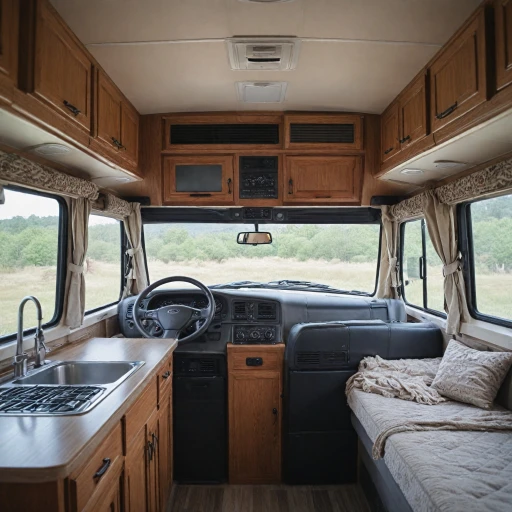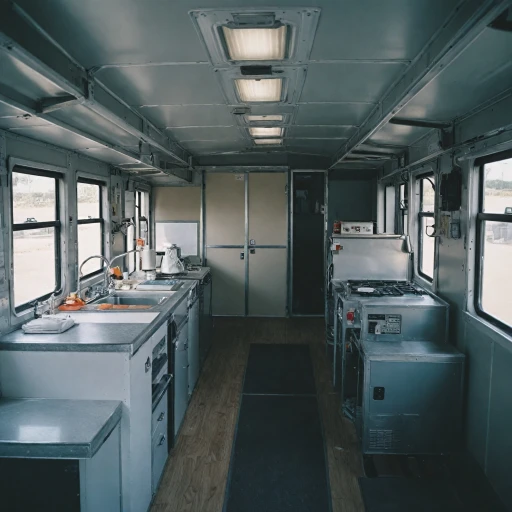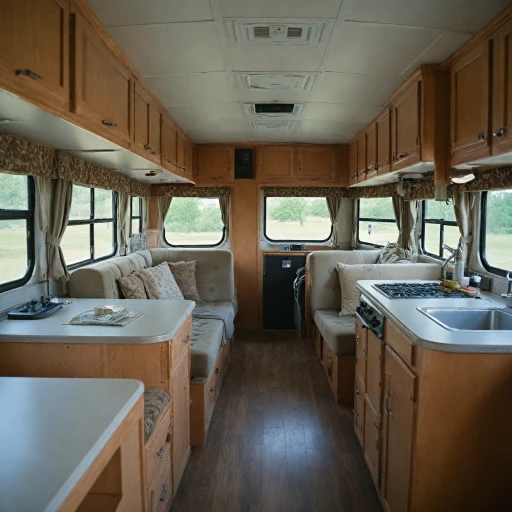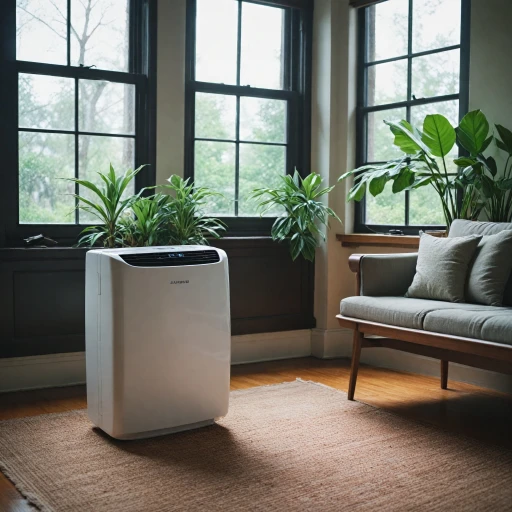
The Functionality of a Portable Air Conditioner Hose
Exploring the Essential Role of the Hose
Understanding the role of the hose in portable air conditioners is vital for appreciating how these cooling units function effectively. At the core, the hose acts as a pivotal conduit between the indoor unit and the outdoor environment, enabling the conditioned air to cool your space efficiently. In practice, the primary function of a portable air conditioner hose is to serve as an exhaust system. It facilitates the removal of hot air from your room, venting it outside through a window or another suitable opening. This process is essential in preventing heat from re-entering the room, ensuring the cooling system remains efficient. Portable air conditioners typically feature either a single hose or a dual hose system. A single hose draws air from your room to cool the system before venting out the hot air, while dual hose systems utilize one hose to intake air and another to expel it. Understanding the difference is crucial for optimizing your air conditioner's performance and may influence your purchasing decision. For a deeper understanding of self-contained AC units, you might find this helpful. The diameter and length of the hose are variables that can impact the efficiency of your portable air conditioner. For instance, longer hoses may decrease cooling efficiency as they can create more resistance for the air passing through. Moreover, while most portable air conditioner hoses have a standard diameter, ensuring compatibility with your window vent is crucial. Many units on the market, such as those available on Amazon, often come with a verified purchase review system, helping potential buyers understand the quality and compatibility issues from other users. It’s not uncommon to face installation challenges, particularly with fitting the exhaust hose into the window vent. Some hoses are equipped with a clockwise or anti-clockwise thread, demanding precision and sometimes additional tools for a tight seal. Choosing the right hose, based on its material, flexibility, and price range, can significantly enhance your air conditioner’s efficacy and longevity. In conclusion, the role of the hose in portable air conditioners is more than just functional – it’s integral to their overall operation. Not only does it help expel unwanted heat, but understanding its installation and maintenance can maximize the cooling experience in any room.Types of Hoses for Portable Air Conditioners
Varieties of Hoses: Which Suits Your Needs?
When you're looking to optimize your portable air conditioner's performance, understanding the hose options available to you can make a difference. Not all hoses are created equal, and selecting the right one can impact everything from efficient cooling to setup convenience.- Single vs. Dual Hose Systems: The primary distinction in portable air conditioners comes down to single and dual hose configurations. Single hose units, featuring a single hose that ejects hot air out of the room through a window, generally cost less and are suitable for small rooms. Conversely, dual hose systems use one hose for removing heat and another to bring in air, which can be more energy-efficient in larger spaces.
- Hose Material and Properties: Typically, hoses are made from flexible plastic, often reinforced with metal rings for structural support. When choosing, consider the length and diameter—most come in a standard diameter, typically between 5 to 7 inches, enough for effective venting. Length selection is crucial, as longer hoses can lead to decreased cooling efficiency. A key tip is to select the minimum length necessary to minimize heat retention within the hose.
- Clockwise and Anti-Clockwise Threads: It's essential to note whether your unit's and hose's openings require a clockwise or anti-clockwise thread pattern for compatibility. This seemingly minor detail can save you unnecessary hassle and improve installation ease.
- Color Considerations: While hose color might seem trivial, it can affect ambient room temperature. Traditional white hoses reflect sunlight and are the more popular choice compared to those in black or darker colors that can retain heat.
Installation Tips for Portable Air Conditioner Hoses
Proper Steps to Set Up Your Conditioner Exhaust Hose
To ensure optimal functionality of your portable air conditioner, the installation of the exhaust hose is crucial. This component allows the hot air to efficiently be expelled out of the room, improving the cooling performance of your unit.- Locate Suitable Exit Point: Typically, the most effective setup involves directing the hose through a window. A suitable window kit, often included with the air conditioning unit, ensures a snug and secure connection for the vent hose.
- Connect the Hose: Attach the exhaust hose to the back of the portable air conditioner. Make sure the connection is tight and secure, preventing any leakage of expelled heat back into the room.
- Window Opening Preparation: Adjust the window kit to fit the width of your window. This kit usually accommodates hoses with a standard inch diameter, although variations exist, so check compatibility before installation.
- Positioning the Hose: Once connected, extend the hose to your window, avoiding excessive length or bends, which can restrict airflow. Ensure the hose runs straight to the opening and remains as short as possible.
- Secure the Set-Up: Fasten the window kit in place and check that the portable exhaust hose is locked in its clockwise thread to avoid it coming off unexpectedly.
Common Issues with Portable Air Conditioner Hoses
Handling Common Challenges of Portable AC Hoses
Using a portable air conditioner can be a lifesaver during sweltering days, but common issues with the hose can be a stumbling block. Understanding these potential challenges can help maintain your unit's performance.
One frequent problem users encounter involves the exhaust hose. This component can sometimes disconnect from the window vent, leading to poor cooling and heat leakage into the room. Proper installation (often detailed in manufacturer instructions) and ensuring the hose is securely attached can mitigate this. Make sure your hose is connected using a secure clockwise or anti-clockwise thread as applicable.
Blockages are another issue; dust and debris can clog the hoses, reducing airflow and efficiency. Regular inspection and cleaning of the air conditioner hose can help maintain optimal function. A damp cloth can be used to gently wipe the exterior, while a vacuum can remove blockages inside.
Hose length and diameter can also affect cooling efficiency. If the hose is too long, or doesn’t have the right diameter size, it can impede air flow. Ensure the length is appropriate and the diameter fits well with the vent. When choosing a hose, it's recommended to measure your space and store measurements for accurate fittings.
Another critical aspect is ensuring the hose portable model matches your conditioner unit type, such as single or dual hose systems. For instance, Black Decker models might require specific hose dimensions for optimal performance.
Lastly, price should also be a consideration, but compromising on quality might lead to recurring problems. Verified purchases on platforms like Amazon, often highlighted by stars, can guide you in selecting durable, cost-effective options.
Maintenance and Care for Your Air Conditioner Hose
Proper Care for Long-lasting Use
Ensuring your portable air conditioner's hose lasts and functions optimally requires routine maintenance and mindful care. Consider the following tips:- Regular Inspection: Periodically check your portable exhaust hose and its connections. Look for signs of wear or deterioration, especially at the joints where leaks are more likely to occur.
- Cleaning the Hose: Dust and debris can accumulate in and around vents. Clean the vent hose using a soft brush or a damp cloth to prevent obstructions that can impact the unit’s cooling efficiency.
- Proper Storage: During off-seasons, detach the hoses and store them properly to avoid any damage. Roll them up loosely to prevent kinks or permanent bends.
- Monitor Connection Points: Ensure the window unit and exhaust hose connections are secure. Loose fittings can lead to heat leakage, reducing the cooling effectiveness of your air conditioning unit.
- Diameter and Length Considerations: Keep tabs on your exhaust hose’s original diameter and length. An incorrect size could hinder the air conditioner’s performance. Stick to the manufacturer’s recommendations regarding hose inch diameter and length for replacement.
- Avoid Direct Sunlight: Exposure to direct sunlight can weaken the hose material over time. If necessary, place a shade or curtain over it when the sun's rays are strong.
- Handle with Care: When attaching or detaching your conditioner exhaust hose, follow a clockwise or counter clockwise motion as recommended by the unit's instructions to prevent damaging the connectors.
Choosing the Right Hose for Your Needs
Factors to Consider When Selecting Your Air Conditioner Hose
When choosing a hose for your portable air conditioner, there are several key factors to keep in mind that can greatly affect the efficiency and performance of your unit.- Compatibility with Your Unit: Ensure that the hose is compatible with your specific portable air conditioner model. This includes checking the connection type, which may require a clockwise or counter clockwise thread.
- Hose Length and Diameter: Consider the length and inch diameter of the hose. A longer hose can provide more flexibility in positioning your unit closer to a window or vent. Standard diameters range but ensure it fits well with your air conditioner's exhaust port.
- Single or Dual Hose Configuration: Depending on your preference and room size, decide between a single hose or dual hose configuration. A dual hose often offers enhanced cooling efficiency, as it separates intake and exhaust air more effectively.
- Material and Durability: Look for a high-quality material that can withstand high temperatures and prolonged use. Durable materials will prevent common issues related to wear and tear noted in previous sections.
- Color and Aesthetic: While function is critical, you may also want to consider the aesthetics, particularly if the hose will be visible in your room. Common colors include black and white, giving options to match your interior design.
